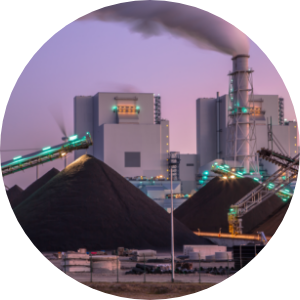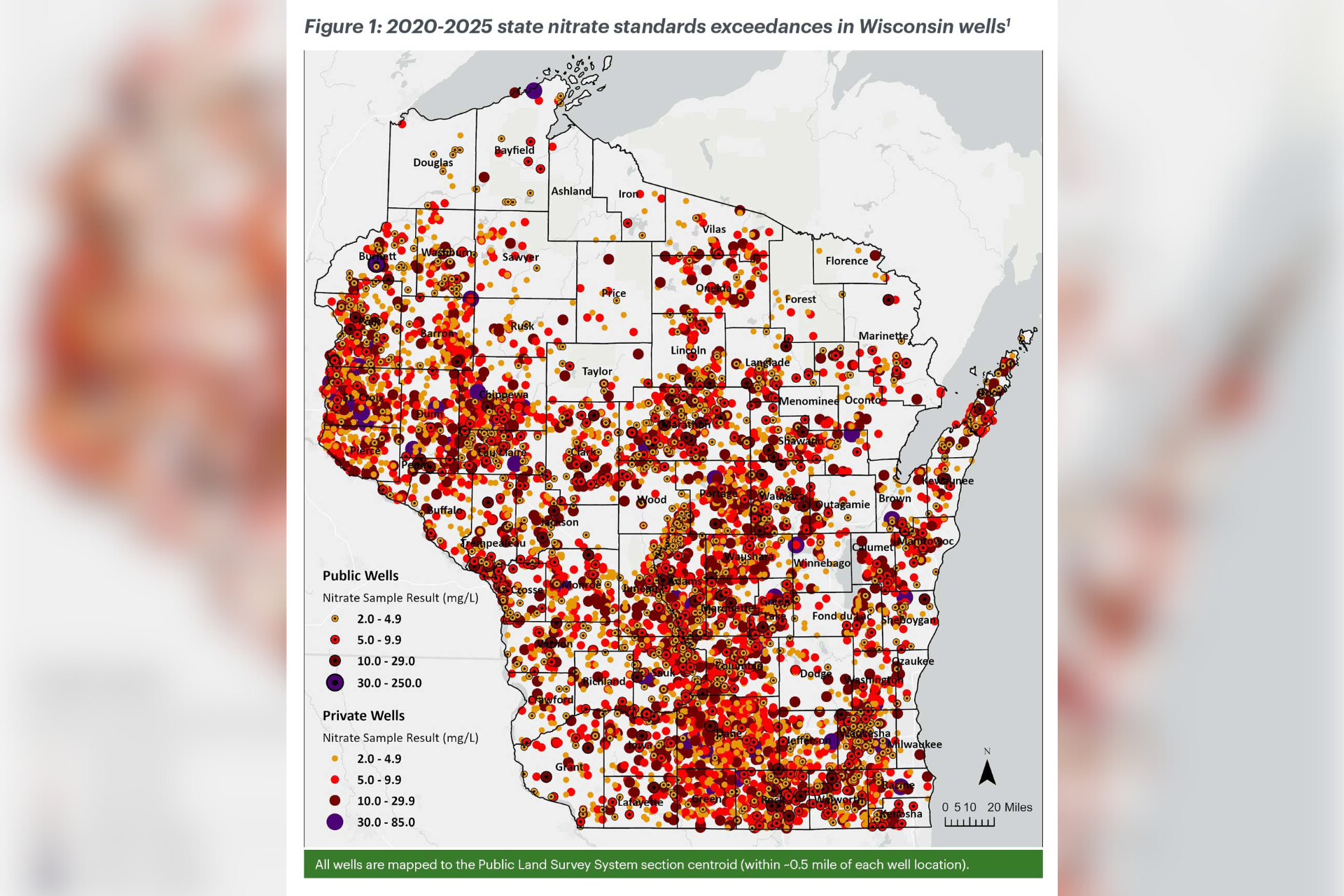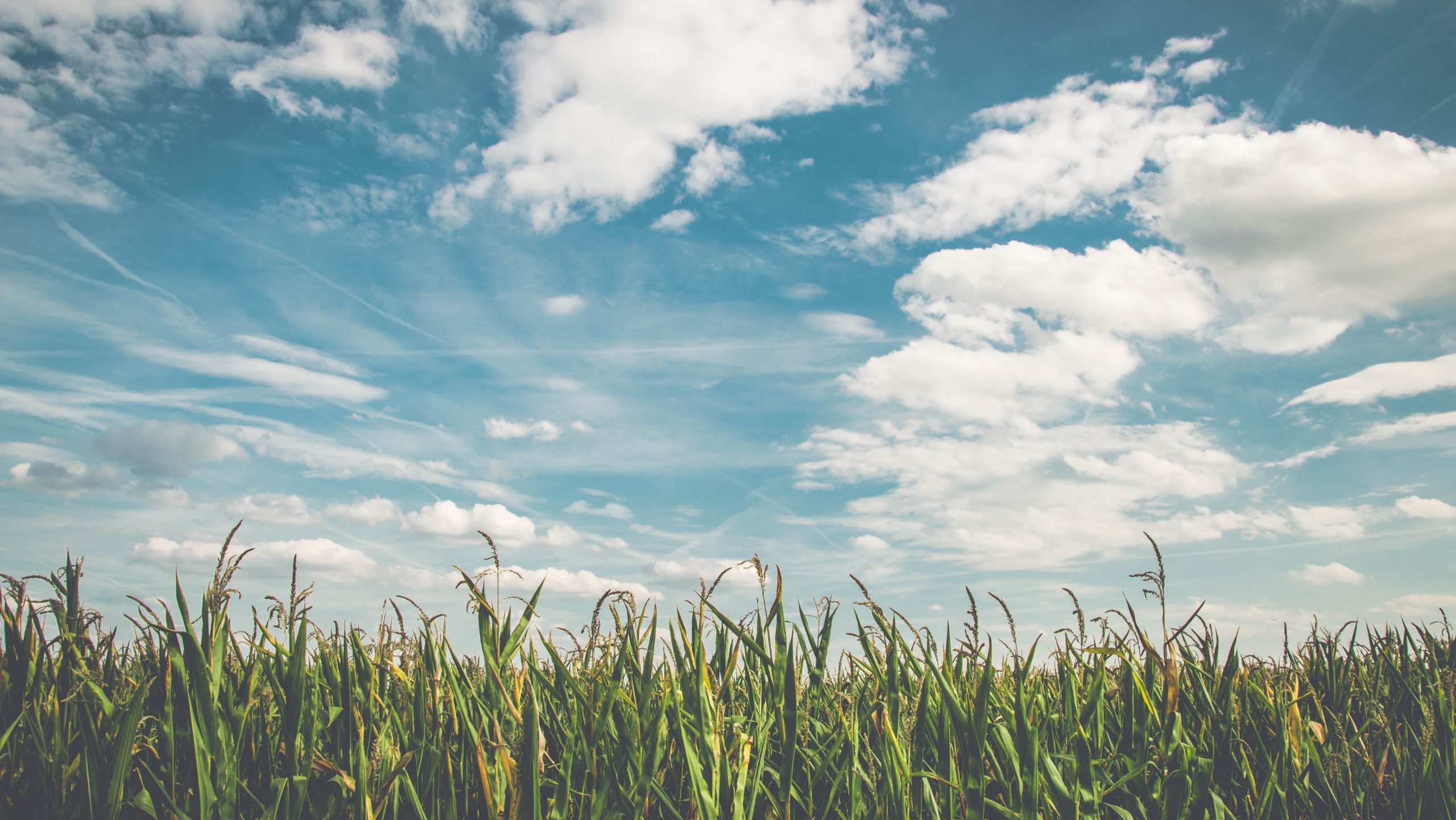Our Air
Fighting for Clean Air in Wisconsin
The air we breathe shouldn’t make us sick. Since 1970, Clean Wisconsin has worked to reduce air pollution, protect public health, and hold polluters accountable through science and advocacy.
Jump to Section
Explore Our Approach
Overview
Cleaner Air, Stronger Communities
Air pollution causes more than 100,000 deaths in the U.S. each year and contributes to asthma, heart disease, and other serious health issues. In Wisconsin, burning natural gas and coal at power plants, wildfire smoke, agriculture, industry, and traffic all pollute our air—putting vulnerable residents at even greater risk as climate change fuels more extreme conditions.
100,000
U.S. deaths annually are linked to air pollution
$2–4B
in health costs could be avoided by reducing air pollution
PM2.5
particles are 30x smaller than a human hair, and can travel deep into the lungs and bloodstream
#9
Wisconsin has the 9th-highest death rate from particulate matter air pollution caused by fossil fuel combustion
Wins that Matter
Wins That Matter

Air Pollution Protections: Clean Wisconsin v. EPA
Our 2020 victory in the Clean Wisconsin v. EPA lawsuit won important clean air protections for Wisconsin.

Established Wisconsin Power Plant Mercury Rule
Clean Wisconsin catalyzed the effort to establish nation-leading emission standards for coal-fired power plants in 2004.
KEY INITIATIVES
What’s Polluting Our Air?
Air pollution doesn’t just come from far away—it’s generated by everyday activities and industrial processes right here at home. Clean Wisconsin targets the top contributors to dirty air and pushes for policies that reduce emissions and protect public health.

Fossil Fuels
Burning coal, gas, and oil pollutes the air we breathe. We’re working to shut down dirty power plants and block new fossil fuel projects to protect public health and clean up Wisconsin’s skies.

Particulate Matter (PM)
Tiny particles like soot and smoke can penetrate deep into your lungs and bloodstream. PM2.5—the finest and most dangerous—can trigger heart attacks and asthma, and increase the risk of death from chronic illness.

Ground-Level Ozone
Formed by pollutants from vehicles, factories, and aerosols, ozone irritates the lungs and worsens conditions like asthma and bronchitis.

Carbon Monoxide
Produced by burning gasoline, coal, natural gas (methane) and wood, carbon monoxide limits oxygen in the bloodstream—posing serious health risks for people with heart disease.

Sulfur Dioxide
Released by coal-burning power plants, sulfur dioxide contributes to acid rain and can trigger asthma attacks and respiratory distress.

Lead
Although phased out of gasoline, lead still pollutes the air from industrial sources and aviation fuel for small aircraft. Even low exposure can cause irreversible damage to children’s brains and bodies.
Science & Analysis
Air Pollution and Our Health
At Clean Wisconsin, science fuels everything we do. We research the health harms of air pollution and expose the truth about burning fossil fuels.
View All Science
The Cost of Nitrate Contamination in Wisconsin’s Drinking Water

Neonicotinoids and Human Health

Drinking Water Violations Within Wisconsin’s Public Water Systems

Health Benefits of Clean Energy in Wisconsin
Resources
Our Air Resources
Explore science-backed reports, fact sheets, and tools to stay informed and take action.
Press Releases
EPA power plant rules would slash harmful air pollution and carbon emissions in Wisconsin
New pollution standards for coal and gas-fired power plants would have an enormous impact on public health and carbon emissions in Wisconsin. According to the Biden Administration, air pollution reduction measures announced today by the Environmental Protection Agency (EPA) would deliver as much as $85 billion in climate and public health benefits over the next
See NewsLatest News
Expert Insights
Gas-hungry data centers: The biggest threat to the clean energy transition?
With the recent change in federal administration, incentives for clean energy are at risk. And there is another trend threatening to derail decarbonization goals—the data center boom.
Read Moreexpert insights
Podcasts
How much would you pay? Measuring the value of a clean environment
How much would you pay to swim in a clean lake? To fish in a pristine stream? You may not ever think about that, but meet somebody who does — a lot
Listen NowLatest Podcast
Research and Analysis
The Cost of Nitrate Contamination in Wisconsin’s Drinking Water
Wisconsin faces a growing public health crisis caused by widespread nitrate contamination in our drinking water.
Explore Researchhealth research
Frequently Asked Questions
Our Air FAQs
What is PM2.5, and why is it dangerous?
PM2.5 is a fine particle pollutant that can penetrate deep into your lungs and bloodstream, increasing the risk of heart and lung disease.
Why does wildfire smoke affect Wisconsin air quality?
Smoke from wildfires carries PM2.5 and ozone precursors that travel hundreds of miles, affecting air across Wisconsin.
What are ozone alert days?
Ozone alert days are issued when ground-level ozone reaches unhealthy levels, especially for sensitive groups.
How can I check my local air quality?
Visit the DNR’s air quality page to find out about air quality alerts in your area.
SIGN UP
Join the Fight for Our Air
Sign Up For Email Updates
"*" indicates required fields